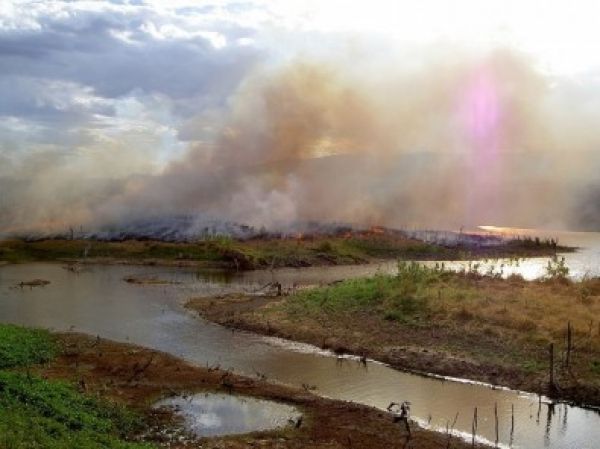Besides swathes of destroyed vegetation, forest fires in Amazonia leave their imprint on the Amazon River and its tributaries.
Incomplete burning of trees results in the production of black carbon, solid particles that enter the waters of the Amazon in the form of charcoal and soot and are transported to the Atlantic Ocean as dissolved organic carbon.
For the first time, an international group of researchers have quantified and characterized the black carbon flowing in the Amazon River. Their findings, published in Nature Communications, show that most of the black carbon transported to the ocean is “young” and probably results from recent forest fires.
“By radiometric dating [a method that quantifies the amount of carbon-14 or other naturally occurring radioactive isotopes present in material based on their known rate of decay to determine the material’s age to about 60,000 years ago] and molecular composition analysis, we concluded that most of the black carbon we found in the Amazon River was produced in recent years by the burning of trees,” said Jeffrey E. Richey, a professor at the University of Washington in the United States and a coauthor of the study.
As a visiting researcher at the University of São Paulo’s Center for Nuclear Energy in Agriculture (CENA-USP), in the past five years, Richey has conducted a project supported by FAPESP under the auspices of its São Paulo Excellence Chair (SPEC) program, with the aim of elucidating the role of the Amazon River basin in the global carbon cycle.
Continue reading at Agência FAPESP
Image via Agência FAPESP




